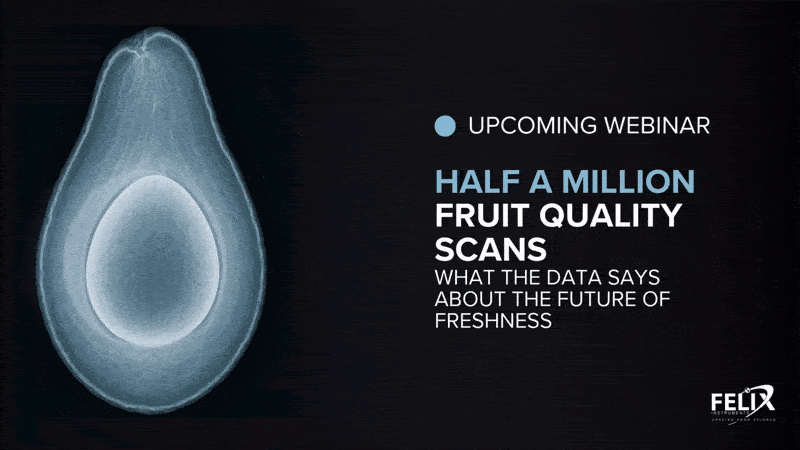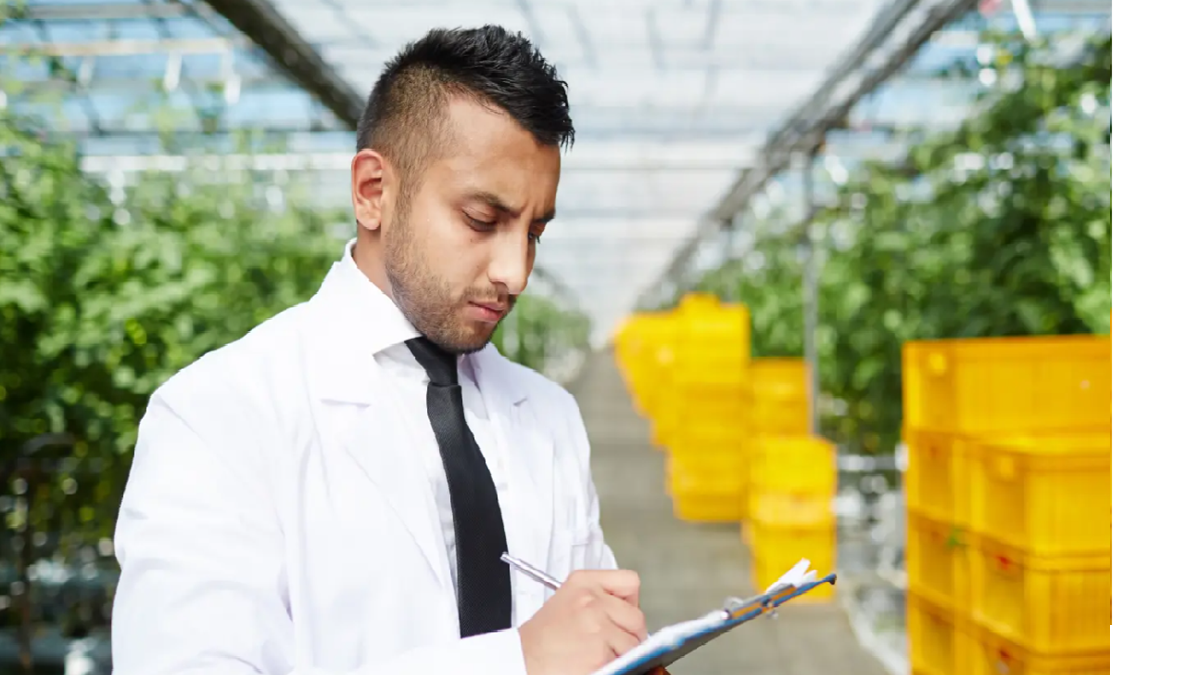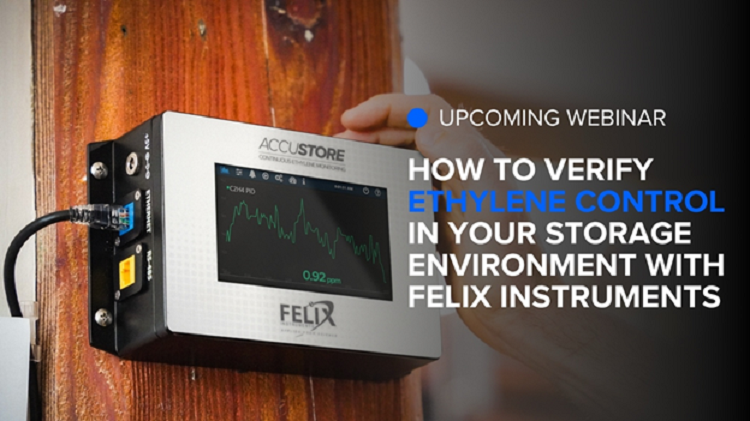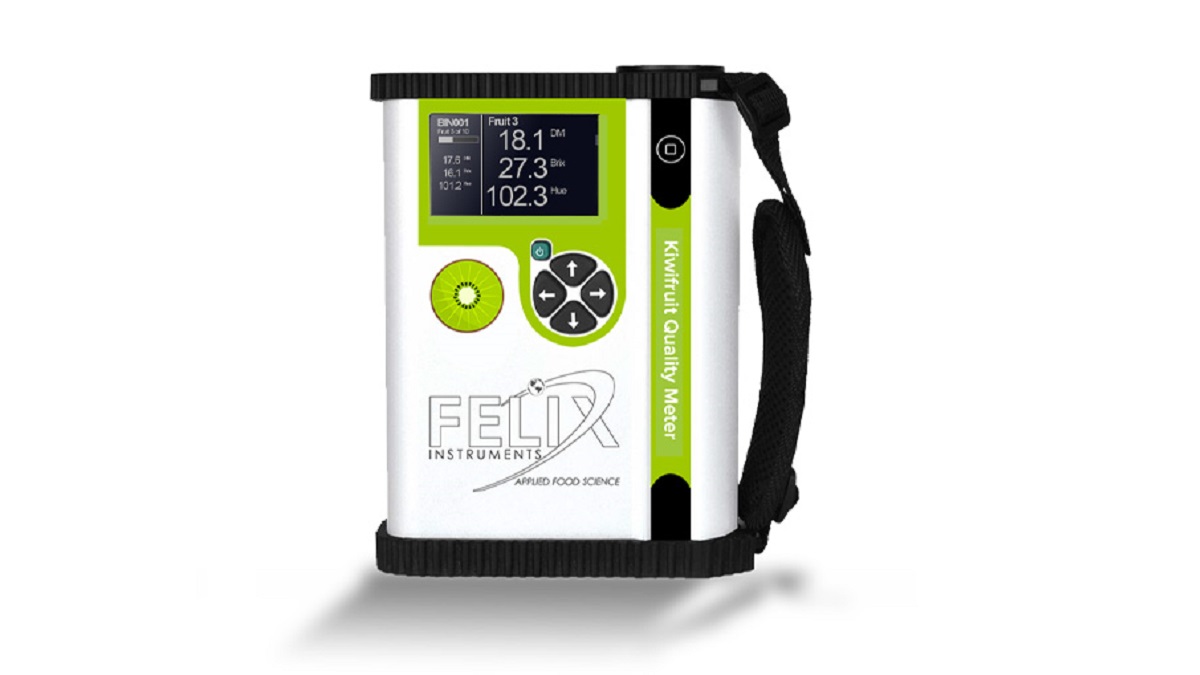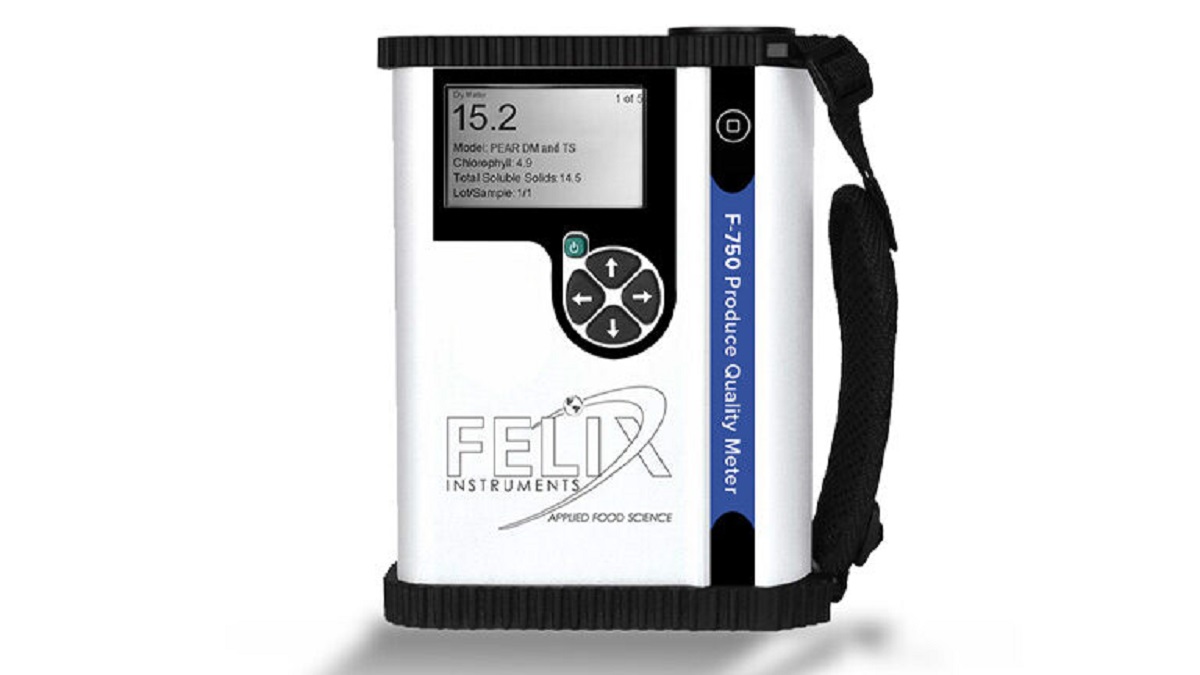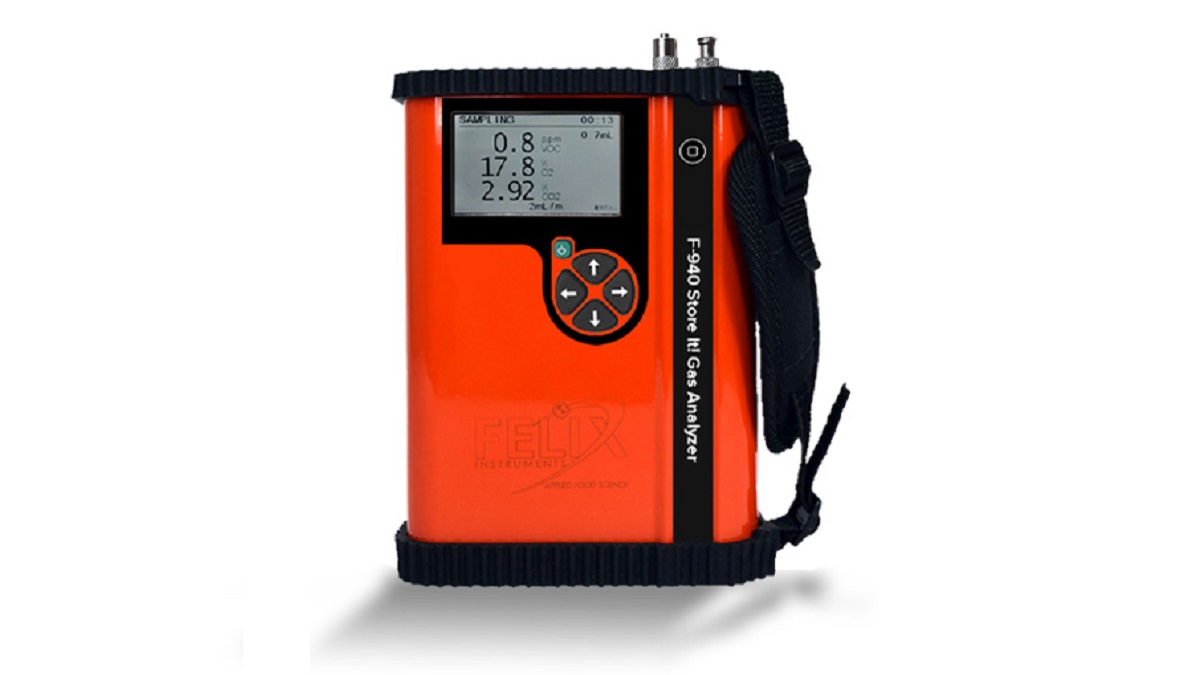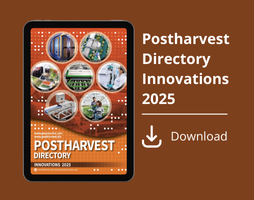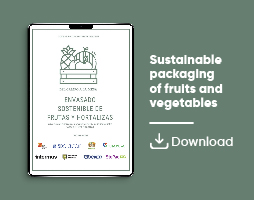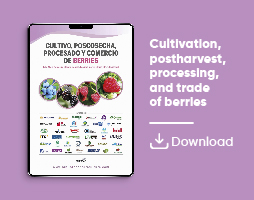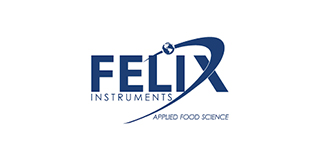

Felix Instruments
Cooling and CA
Prediction of Internal Disorders and Post-Storage Firmness of Apples
Pavel Osinenko et al. indicate that only Vis/NIR sensing data, obtained from a relatively simple and fast devices, together with weather and orchard/storage treatment information served as input into several dynamic parametric models
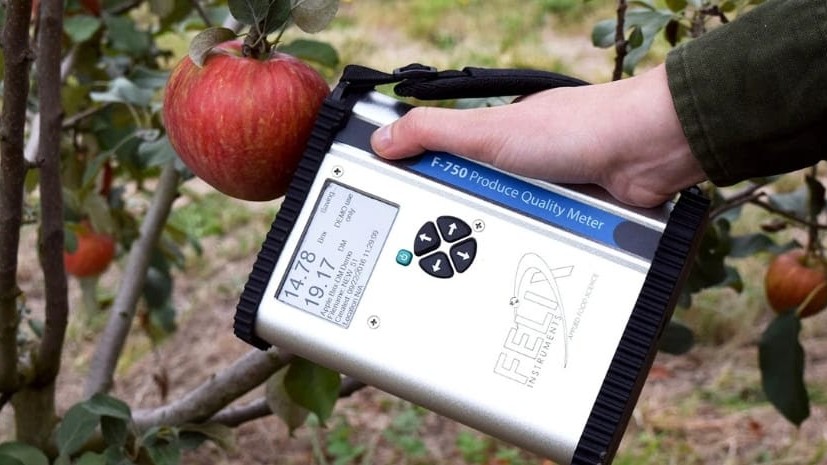
Physiological storage disorders affect a range of commercially important pomefruit and result in fruit losses and wastage of resources.
Disorders can develop during and/or after storage and symptoms are strongly influenced by the growing environment and orchard management.
Furthermore, fruit which receive similar orchard management and storage can vary greatly in disorder incidence and severity.
Biological systems are complex and simple cause-and-effect approaches have not up until now resulted in robust methods to predict disorder risk.
Reliable predictions are needed by fruit industries worldwide to better manage fruit production processes, to determine optimal harvest dates and long-term storage regimes.
The current work proposes a new methodological approach to model ‘Braeburn’ apple disorder risk.
Autoregressive time series (ARX) models via model identification techniques for chlorophyll, anthocyanins, soluble solids and dry matter content were obtained from weather conditions and different orchard management treatments and then served as input into a classifier for internal browning, cavities and fruit firmness after long-term controlled atmosphere storage.
The classification results for internal browning disorder show a 90% agreement between two separate years and for fruit firmness an 80% success rate was obtained by training the classifier with two years of data.
Introduction
Pomefruit industries worldwide continue to suffer unexpected postharvest losses due to the development of physiological storage disorders (simply referred to as disorders in the text below) such as
- core browning,
- flesh browning,
- lens shaped cavities in the fruit flesh,
- bitter pit and
- superficial scald (Watkins and Mattheis, 2019).
Disorder symptoms typically develop during and/or after storage.
In controlled atmosphere (CA) stored ‘Braeburn’ apples, internal browning symptoms typically develop during and/or after storage and can intensify as storage duration increases (Hatoum et al., 2014, Elgar et al., 1999, Ford, 1979, Ferguson et al., 1999).
The orchard, greatest source of variation in disorder incidence
Prior studies have identified the orchard as the greatest source of variation in disorder incidence (Elgar et al., 1998, Rogers, 2014).
Preharvest factors that are known to influence the development of disorders in apple include
- advanced fruit maturity at-harvest,
- light croploads,
- high fruit potassium-calcium mineral ratios and
- seasonal weather conditions.
Incorrect cultivar-specific postharvest handling and storage regimes also contribute to the development of disorders (Elgar et al., 1998, Clark and Burmeister, 1999, Hatoum et al., 2016).
Trying to predict risk of disorder development
Studies have attempted to link the risk of disorder development with multiple pre- and postharvest factors using logistic regression analysis (Verlinden et al., 2002, Lammertyn et al., 2000).
Other studies using growing degree days have tried to find an influence of temperature or determine a threshold temperature summation for disorder risk (Rogers, 2014, Moggia et al., 2015, Lau, 1998).
Given the general lack of discriminatory power with existing postharvest disorder prediction models, Konopacki and Tijskens (2005) explored a conceptual model of disorder development based on fundamental enzyme kinetics. This method seems feasible but requires the use of non-destructive big data with repeated measurements on the same fruit.
Effect of the primary biological processes
An understanding of the primary biological processes linked to disorder development is increasing rapidly.
In particular, how ripening and senescence processes are connected with stress reactions when fruit are stored under low temperatures, low O2 and/or high CO2 (Watkins and Mattheis, 2019).
At the biochemical level, markers have been identified in pears to predict the risk of disorder development under high CO2 conditions (Deuchande et al., 2017).
There is an improved understanding of the molecular networks associated with chilling injury (e.g. superficial scald) in apples (Honaas et al., 2019) and there is a better basic knowledge of how fruit respond to low O2 conditions (Cukrov, 2018).
A consortium of researchers has filed for a US patent for a diagnostic tool to predict the risk of storage disorders in apples and pears based on a large group of pomefruit genes identified as biomarkers in fruit samples taken at-harvest or in the period shortly after (Rudell et al., 2017).
Such biomarker tools are currently unavailable for use in fruit industries and their efficacy under practical conditions has yet to be fully tested.
Quantifying the interaction of all possible pre- and postharvest factors in disorder incidence and severity has up until now proven notoriously difficult for fruit researchers and industry managers to develop and apply a robust method of disorder prediction.
Non-destructive sensors
Non-destructive sensors used to obtain repeated measurements on the same fruit lot can contribute to a big data base containing potentially relevant information for use in fruit quality prediction models.
Future data generation technologies will need to be fitted on-tractor and capture data during standard orchard maintenance operations to ensure fruit growers adopt any new technology.
To establish a harvest schedule for an apple orchard or production area, time-consuming and labour-intensive destructive tests of fruit quality and maturity development are generally required.
Suitable sensors could replace these destructive quality tests and the data evaluated with big data methods to allow for precision farming.
Vis/NIR
Vis (visible)/NIR (near infrared) spectroscopy in the Vis wavelength region can provide information on plant pigments in the apple skin such as chlorophyll, anthocyanins and carotenoids (Walsh et al., 2020).
The shortwave NIR region spectra can be correlated with wet chemistry analyses and partial least square regression (PLSR) models to predict soluble solids content (SSC) and dry matter content (DMC) (Walsh et al., 2020).
Changes in plant pigments, SSC and DMC can be correlated with fruit maturity, but these data alone are insufficient to determine a harvest window.
Time-series data and system-theoretical methods as presented in this study might help overcome these limitations.
LIDAR
Other relevant factors that influence quality in fruit production include the light and fruit distribution within the tree canopy and need to be in an optimal balance for efficient photosynthesis rates and assimilate distribution to produce fruit with good internal quality characteristics and external appearance such as high blush color.
With LiDAR (light detection and ranging) sensors a 2 or 3D point cloud of an apple tree can provide information on the leaf area (Sanz et al., 2013, Selbeck et al., 2013), tree height, stem position and canopy volume (Tsoulias et al., 2019).
Digital calipers, and dendrometers
Furthermore cropload is an important factor to determine fruit quality and fruit growth monitoring is an indirect measure since light croploads lead to a larger sized fruit.
Inexpensive self-built dendrometers (Morandi et al., 2007) or hand measurements with digital calipers (see Fig. 1 from the original paper, Source) were other approaches tested in the present study.
In pomefruit, the biological processes that result in physiological storage disorders are complex and currently are not fully understood in sufficient detail to allow for reliable predictions and to avoid sizeable fruit losses that can occur in some growing seasons.
Vis/NIR sensing data together with weather and orchard/storage treatment, input into several dynamic parametric models in the ‘Braeburn’ study
In this study the commercially important apple cultivar ‘Braeburn’ was monitored for three years and various data from non-destructive sensors along with weather data were collected and stored in a central data-management facility.
Ultimately, only Vis/NIR sensing data together with weather and orchard/storage treatment information served as input into several dynamic parametric models.
The use of relatively simple and fast devices was a key decision as the dynamic parametric models predict best when only a few parameters of apple development are used as input data.
Apple parameters in the present study were: color pigments (chlorophyll, anthocyanins), SSC and DMC.
Orchard treatments altered the air temperature during important physiological growth phases and also included calcium spraying, different croploads, harvest dates and storage conditions.
Fruit quality information was obtained with standard destructive tests for fruit firmness, SSC and starch index to determine harvest dates.
The combination of non-destructive sensor data along with the ARX modeling and classification is the major contribution of the current work.
Sources
Application of non-destructive sensors and big data analysis to predict physiological storage disorders and fruit firmness in ‘Braeburn’ apples
Pavel Osinenko, Konni Biegert, Roy J. McCormick, Thomas Göhrt, Grigory Devadze, Josef Streif, Stefan Streif
Computers and Electronics in Agriculture
Volume 183, April 2021, 106015
Picture, Felix Instruments - In The Field August 2025


